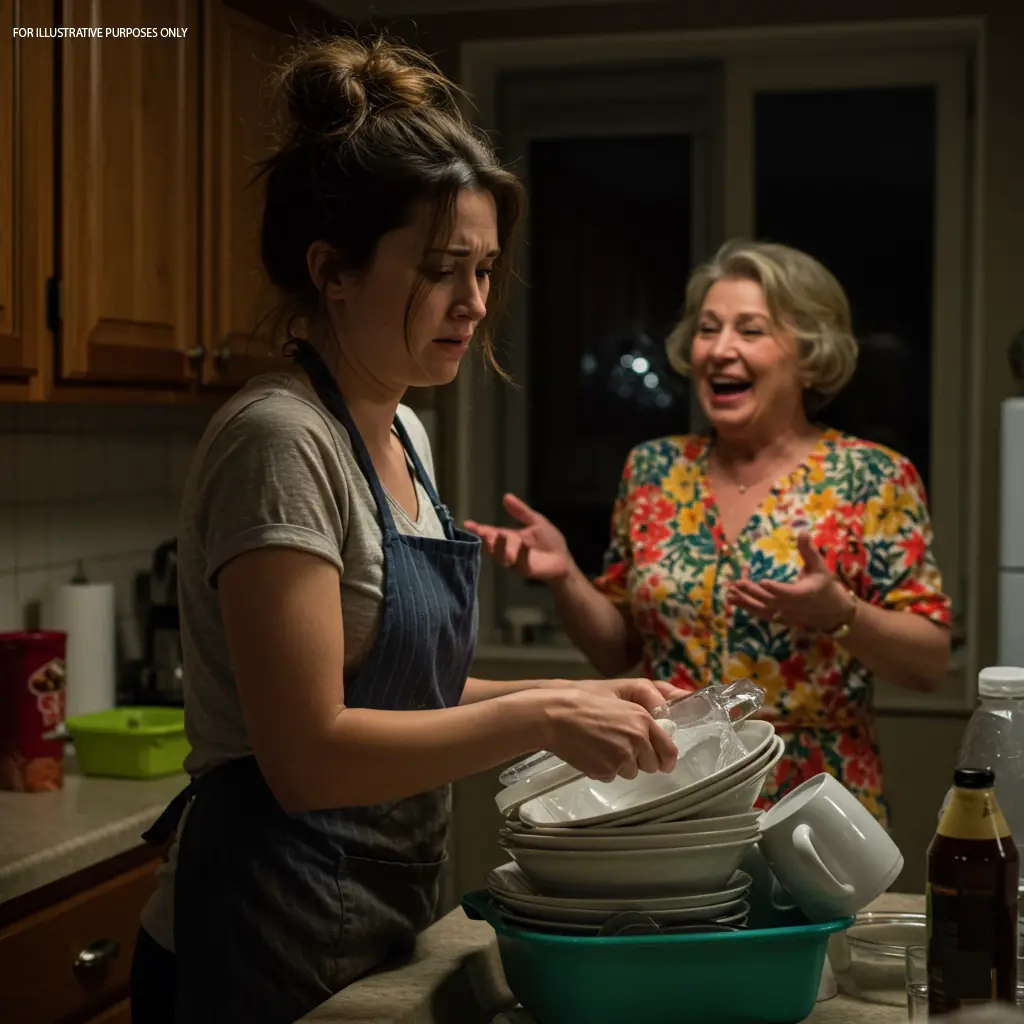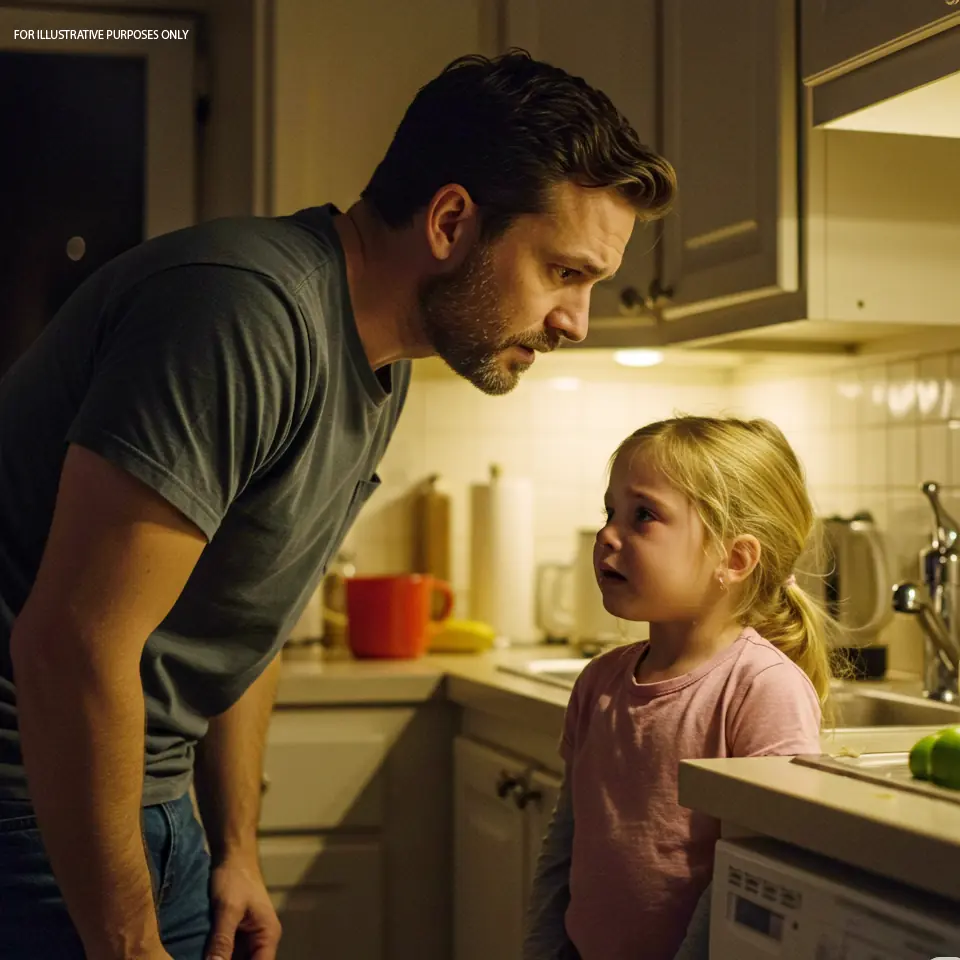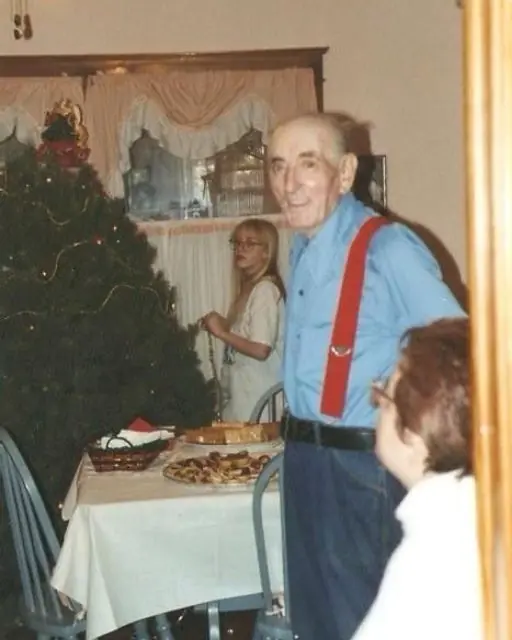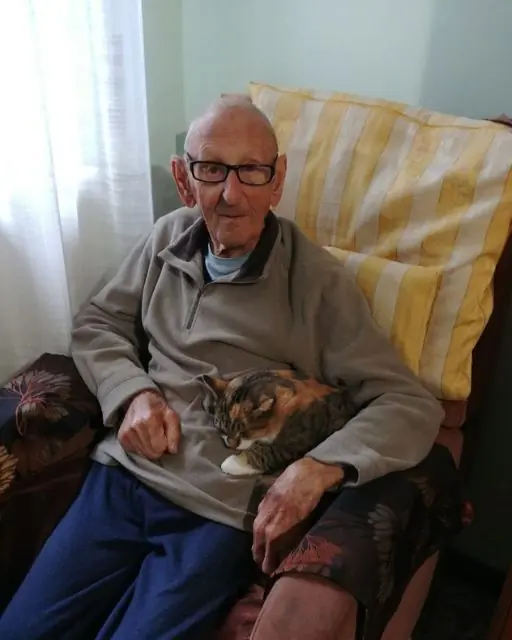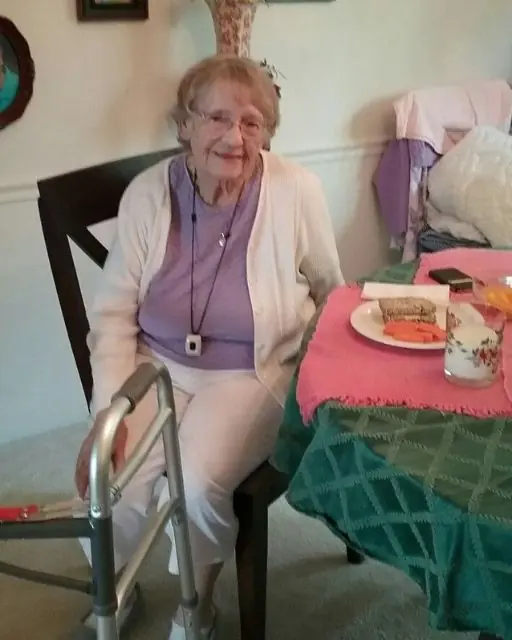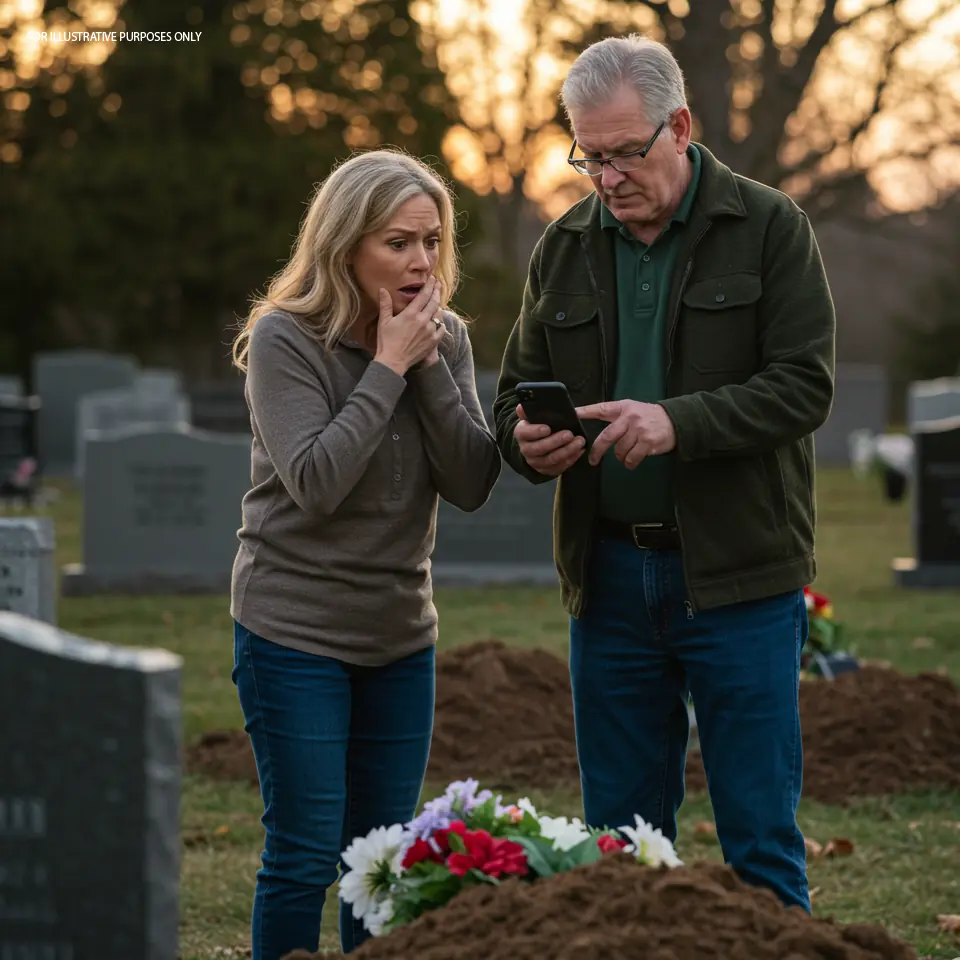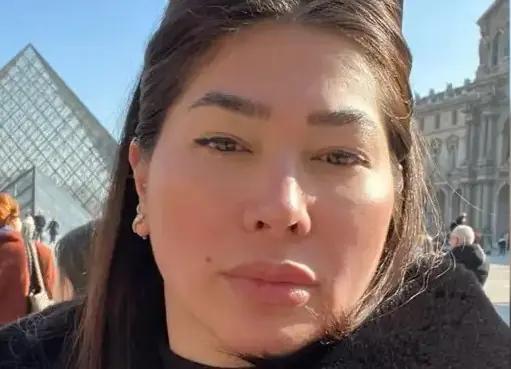
A year ago, if you had told me I’d end up with a cat who clings to me like a baby koala, I would have laughed. I wasn’t a “cat person” back then. I never imagined myself as someone who would welcome a cat into their life. But that was before I met Aziza.
It all started when I found her behind the dumpsters by my building. She was shivering, bony, and making this tiny, raspy meow that absolutely broke my heart. There was something about her desperate little cry that pulled me in. She was so fragile, so scared, that I couldn’t leave her there.
At first, she wouldn’t let anyone near her. I spent three days leaving food and trying to coax her out. Slowly, cautiously, she began to trust me. When she finally let me pick her up, I could feel her flinch at every sudden movement, hiding under my bed for weeks. I spent those nights lying on the floor, talking to her, letting her peek out from the shadows, her big golden eyes locked on me.
It was a slow process, but she started coming out of her shell. At first, she would sit at the edge of my bed, then eventually, she started sleeping beside me, one paw resting on my arm. Now, I can’t walk across the room without her jumping onto my shoulder, tucking her head against my neck. She purrs so loudly that it drowns out the noise of the TV.
I joke that Aziza is my little shadow. Honestly, it’s as though she’s become a permanent fixture in my life. Wherever I go, there she is—hopping on the counter while I’m cooking, curling up in my lap when I sit on the couch, staring up at me with those big, wide eyes like she’s trying to read my thoughts.
At first, I thought it was just some weird phase, a result of her past. But over time, I realized that Aziza wasn’t just seeking attention. She was seeking security—the kind of security she had never known before. She’d been on the streets, left to fend for herself, without love or warmth. Now that she had found it, she wasn’t willing to let go.
And neither was I.
I’d always considered myself someone who needed space—space to think, breathe, and just have time alone. But Aziza changed that. She didn’t ask for much—just love and a little patience—and she gave me so much more in return. I began to look forward to coming home after a long day, knowing I would have her warm little body curled up next to me. Her purring became the soundtrack to my life, reminding me that no matter how chaotic the world was, there was always a little corner of peace with her.
But as you can imagine, with Aziza’s clinginess came some challenges. It wasn’t just the constant shadowing—the way she followed me into the bathroom, or how she’d jump onto my lap while I was trying to work from home. That wasn’t the issue. The problem was the unexpected attention she started drawing from people around me.
It all began one day when I invited my friend Maya over for coffee. I hadn’t really mentioned Aziza much before, as I wasn’t used to sharing my space with anyone else. But as soon as Maya saw Aziza perched on my shoulder, she couldn’t resist. “She’s so cute! What’s her name?” she asked, rubbing Aziza’s head.
And from there, things spiraled. Every time someone came over, Aziza seemed to have to be the center of attention. At first, I didn’t mind. I was proud of her—she was my cat, after all, and I loved seeing her finally getting the affection she deserved. But it started becoming overwhelming.
One evening, I invited some coworkers over for a quiet night—pizza, drinks, and maybe some good conversation. But as soon as they walked in, Aziza took over. She was jumping on tables, batting at their drinks, and meowing loudly for attention. At first, everyone laughed, but soon it became too much. She knocked over drinks, caused a mess, and constantly demanded attention.
I felt embarrassed. As much as I loved Aziza, her behavior was starting to feel invasive. It wasn’t just affection anymore—it was a constant need that was becoming difficult to manage. I started to feel like she wasn’t just my cat anymore—she was everyone’s cat. She’d hop on people’s laps during dinner, nudge their hands when they were trying to eat, and even steal food when they weren’t looking.
A few weeks later, I bumped into my neighbor Tom while running errands. Tom was friendly, but quiet. We would chat occasionally when we crossed paths in the hallway. But one day, when I saw him on the stairs with his Persian cat, Pippin, he said something that took me by surprise.
“You know, you’ve got to do something about Aziza,” he said bluntly, like it was the most obvious thing in the world.
I blinked. “What do you mean?”
“Your cat,” he explained. “She’s needy, and it’s kind of out of control. She’s not letting you have your space, and I’ve seen how she acts around people. It’s like she’s trying to claim dominance in your household.”
I was stunned. I hadn’t realized Aziza’s behavior might actually be problematic. It wasn’t just her being clingy—it was more than that. She was becoming intrusive, and I had been enabling it.
I started paying more attention to her behavior. I noticed how she’d get between me and my phone when I was talking to friends, how she’d demand my attention during Zoom calls, pawing at the screen like she wanted to be part of the conversation. This wasn’t just affection anymore. It was dependency.
That’s when it h!t me—I had allowed Aziza’s clinginess to become a pattern. By always giving her attention and letting her sleep on my shoulder, I had let her take control of my space, my time, and even my peace.
I knew I had to make a change.
So, I started with small steps. I stopped letting her on my shoulder all the time. I put her down when she climbed onto the counter while I was cooking. I set up a special place for her on the couch where she could still curl up near me, but not constantly. I began setting boundaries, showing her when it was time for her to be independent.
At first, Aziza protested. She meowed, pawed at me, and tried to climb back onto the counter. It was heartbreaking, but I knew it was for the best. Slowly, she started to understand. She began curling up in her own little space, content to watch me from a distance. We still had our time together, but it felt more balanced.
Months later, one of my coworkers, Mark, who had been on the receiving end of Aziza’s overwhelming need for attention during that chaotic gathering, came up to me.
“I owe you an apology,” he said. “I didn’t realize how much Aziza meant to you. I should’ve been more patient with her, and with you.”
I was taken aback. “You mean you’re not mad?”
Mark shrugged. “I was, at first. But then I realized… she’s been through a lot, and she just wants to feel safe. I get it now.”
In that moment, I realized the real lesson. This wasn’t just about Aziza learning to respect boundaries. It was about me learning to do the same. And that was the true transformation.
Sometimes love can feel like too much. But true love, real connection, is about balance. You can give, but you also need to set boundaries so that both of you can thrive.
And that’s what Aziza taught me. She showed me that we both need love, but we also need space. And in that space, real love can flourish.
If you’ve ever been in a situation where someone’s need for attention felt overwhelming, remember—it’s okay to set boundaries. It’s okay to need space. True love isn’t about giving everything you have; it’s about giving in a way that makes room for both of you to thrive.
If this story resonates with you, share it. Let others know they’re not alone, and that love—real love—always involves respect, for both sides.

 A year ago, if you had told me I’d end up with a cat who clings to me like a baby koala, I would have laughed. I wasn’t a “cat person” back then. I never imagined myself as someone who would welcome a cat into their life. But that was before I met Aziza.
A year ago, if you had told me I’d end up with a cat who clings to me like a baby koala, I would have laughed. I wasn’t a “cat person” back then. I never imagined myself as someone who would welcome a cat into their life. But that was before I met Aziza.